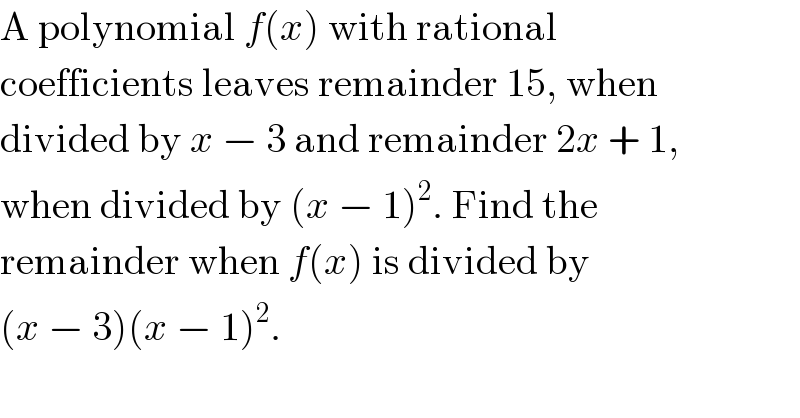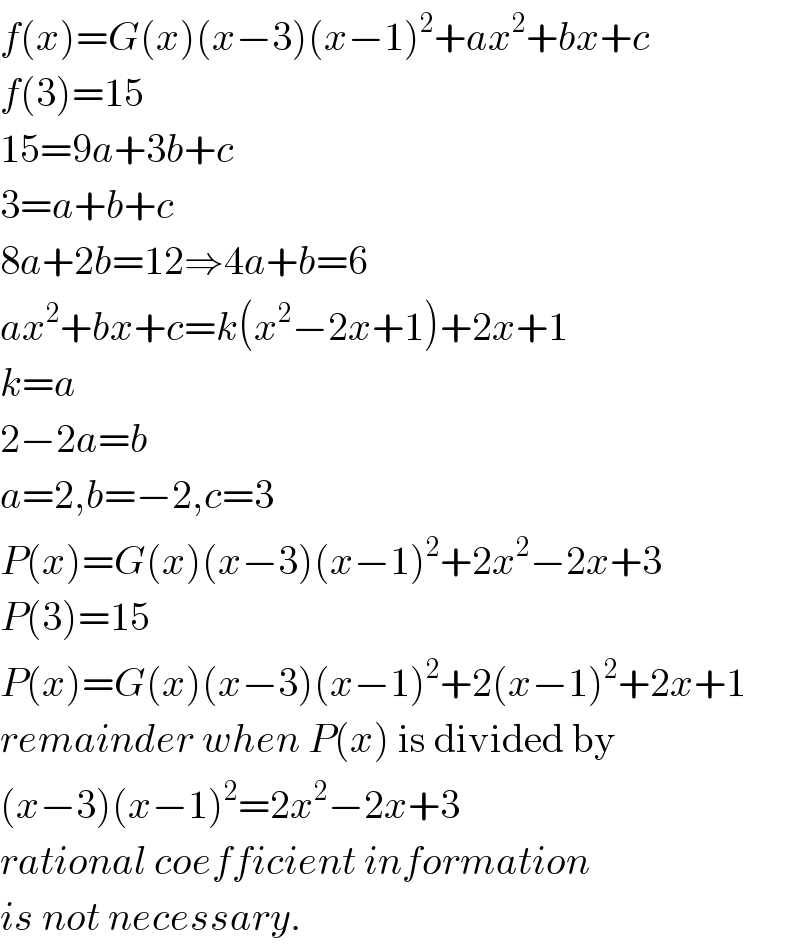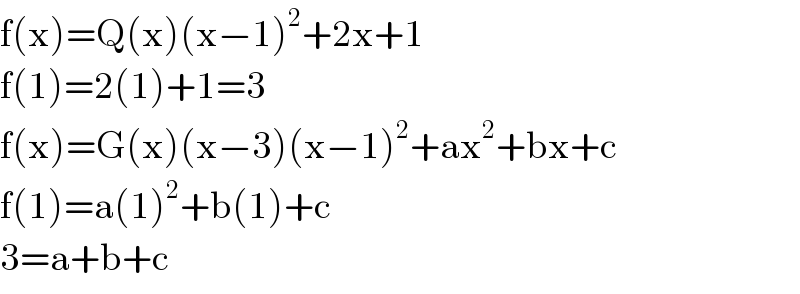
Question and Answers Forum
Question Number 19101 by Tinkutara last updated on 04/Aug/17

Commented by prakash jain last updated on 04/Aug/17

Commented by RasheedSindhi last updated on 05/Aug/17

Commented by Tinkutara last updated on 05/Aug/17

| ||
Question and Answers Forum | ||
Question Number 19101 by Tinkutara last updated on 04/Aug/17 | ||
 | ||
Commented by prakash jain last updated on 04/Aug/17 | ||
 | ||
Commented by RasheedSindhi last updated on 05/Aug/17 | ||
 | ||
Commented by Tinkutara last updated on 05/Aug/17 | ||
 | ||